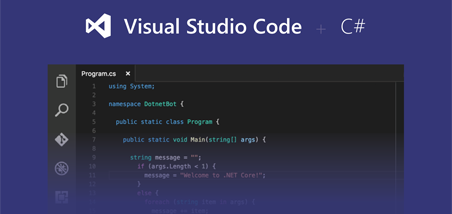Java Design Patterns
JavaBu eğitimde Java SDK
ve EE uygulama geliştirmeye yönelik sık kullanılan
ve yeni kullanılmaya başlanan modeller ele alınır. Katılımcılar, Java’daki model tabanlı tekniklerin derinliği ve gelişimi
hakkında bilgi sahibi olurlar.
Tasarım
modellerinde, her bir bileşenin sorumluluğu rol tarafından belirlenir. Tasarım
modeli dokümantasyonunda yer alan kurallar, geliştirme ekiplerinin programlama
amaçlarını iletmelerini ve tüm Java geliştirme topluluğu için bir referans
noktası sağlamalarını kolaylaştırır.
Bu
eğitimde neler öğreneceksiniz?
•
Java EE 5 ve Java
EE 6’nın
model tabanlı özellikleri arasındaki farklar
• Java EE ortamının her
katmanında ilgili modelleri uygulama
• Katmanlar arası
iletişimi iyileştirmek için kodları yeniden düzenleme
• Model tabanlı geliştirmeyi
uygulama mimarisiyle ilişkilendirme
• Nesneye dayalı
program geliştirme ilkelerini ve tasarım kurallarını uygulama
•
Java’ya özel
kodlama sorunlarını çözmek için iyi bilinen modelleri uygulama
Eğitim İçeriği
Reviewing Object-Oriented Principles in Java
•
Identify selected
design patterns
•
Describe how OO
principles apply to Java
•
Interpret Unified
Modeling Language (UML) notation and create UML diagrams
•
Describe how OO
concepts apply to Java
•
List the goals of an
OO language
Reviewing Gang of Four Patterns
•
List key behavioral,
creational and structural patterns
•
Apply the Facade
pattern
•
Apply the Composite
pattern
•
Review the
Model-View-Controller (MVC) patterns
•
Apply the Observer
pattern
•
Apply the Strategy
pattern
Implementing Patterns in Java
•
Describe how patterns,
idioms and refactoring differ from each other
•
Use implementation
patterns designed for Java
•
List forces affecting
class, state, and behavioral patterns
Exploring Changes in Java EE Technology
•
Describe the design
goals of the Java EE model
•
Describe improvements
in the Java EE 6 model
Implementing Integration Patterns
•
Review Java EE
integration changes that apply design patterns
•
Describe design
patterns for the integration tier
•
Identify use cases
for applying integration tier patterns
Implementing Patterns in Business Components
•
Describe design
patterns for the business tier
•
Describe the role of
an enterprise bean
Implementing Infrastructural Patterns in Java EE
•
Describe the role of
infrastructural Java EE patterns
•
Describe the
Singleton pattern
•
Describe the Bean
Locator pattern
•
Describe the Resource
Binder pattern
•
Describe the Service
Starter pattern
Implementing More Infrastructure Patterns
•
Describe the Context
Holder pattern
•
Describe the
Dependency Injection Extender pattern
•
Describe the Thread Tracker
pattern
•
Describe how Java EE
interceptors work
•
Describe the Payload
Extractor pattern
Exploring Anti-Patterns
•
Describe Business
Tier AntiPatterns
•
Describe the Law of
Leaky Abstractions
•
Describe Presentation
Tier AntiPatterns
•
Describe Integration
Tier AntiPatterns
•
Define AntiPatterns
Selecting Patterns for Architecture
•
Define the roles of
architect, designer, and developer
•
List guidelines for
applying patterns to an architectural solution
•
Describe the
relationship between design patterns and architecture






